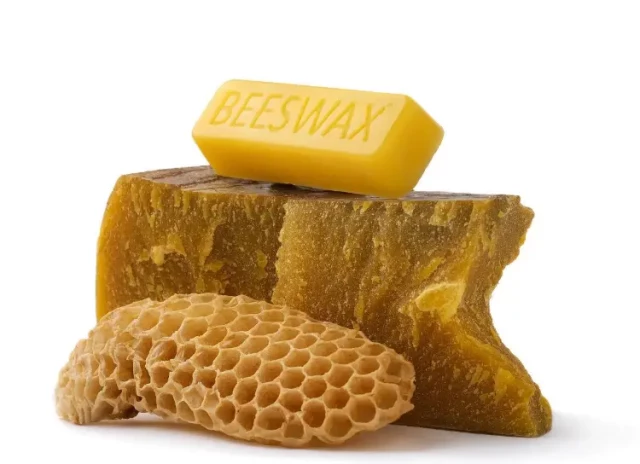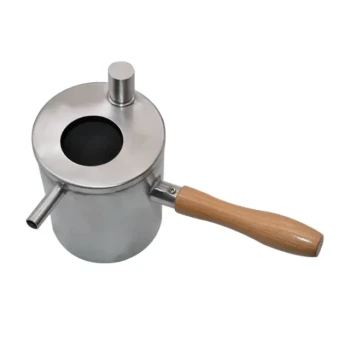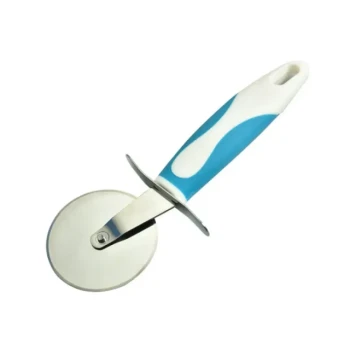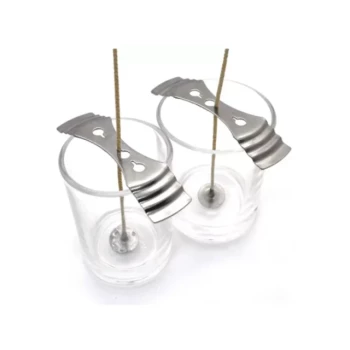Crafting with beeswax requires precision—especially when melting it. Overheating can lead to discoloration, lost fragrance, or even fire hazards. This guide delivers science-backed techniques for controlled melting, safer alternatives to direct heat, and critical troubleshooting steps for beekeepers and crafters.
Why Temperature Control Matters for Beeswax
Beeswax transforms from solid to liquid at 143–151°F (61–66°C), but its chemistry demands vigilance. Exceeding 170°F (77°C) degrades its quality, while nearing its flashpoint of 400°F (204°C) risks flammability.
The Science Behind Overheating Risks
- Thermal Breakdown: Prolonged high heat oxidizes beeswax, causing brittleness and dullness in finished products.
- Fire Potential: Flashpoint temperatures release flammable vapors—especially dangerous near open flames or sparks.
Key Temperature Thresholds
| Stage | Temperature Range | Risk Level |
|---|---|---|
| Melting | 143–151°F (61–66°C) | Safe |
| Quality Threshold | ≤170°F (77°C) | Moderate (aesthetic damage) |
| Flashpoint | 400°F (204°C) | Critical (fire hazard) |
Pro Tip: Use a candy thermometer clipped to your melting vessel for real-time monitoring.
Step-by-Step Guide to Using a Double Boiler
The double boiler’s indirect heat prevents scorching by capping temperatures at water’s boiling point (212°F/100°C).
Proper Setup and Common Mistakes
- Base Layer: Fill the bottom pot with 2–3 inches of water—enough to create steam but not touch the upper container.
- Upper Vessel: Use a heatproof bowl or saucepan. Avoid plastic or thin metals that warp under heat.
- Heat Control: Simmer on medium-low (electric stoves) or low (gas stoves). Stir wax every 5 minutes.
Mistakes to Avoid:
- Letting the water evaporate completely (causes rapid temperature spikes).
- Using high heat to “speed up” melting (increases flashpoint risk).
DIY Alternatives for Home Crafters
- Crock Pot Method: Set to “warm” (≈150°F/65°C). Add wax to a heat-safe jar inside the pot.
- Solar Oven: Effective on sunny days (85–125°F/29–52°C ambient heat), though slower.
Enhancing Safety in Beeswax Projects
Case Studies: Fire Hazards from Improper Heating
- Direct Heat Mishaps: A beekeeper’s attempt to melt wax in a saucepan over high heat ignited vapors, damaging workshop equipment.
- Microwave Dangers: Uneven heating in microwaves creates superheated pockets, risking wax eruptions.
Troubleshooting Overheated Wax
- Discoloration: If wax turns dark yellow/brown, discard it—thermal damage is irreversible.
- Smoke or Odor: Immediately turn off heat, move the container to a cool surface, and ventilate the area.
Safety Gear Checklist:
- Heat-resistant gloves
- Apron (to protect against splashes)
- Fire extinguisher (Class B for flammable liquids)
Ready to Upgrade Your Beekeeping Toolkit?
HONESTBEE’s commercial-grade double boilers offer precision heating for apiaries and distributors, combining safety with efficiency. Explore our wholesale solutions to streamline your beeswax processing—because quality wax starts with controlled melting.
Final Tip: Always melt in small batches. Larger volumes retain heat longer, raising the risk of accidental overheating.
Visual Guide

Related Products
- Professional Stainless Steel Wax Melter for Beekeeping and Crafts
- Beeswax Melter for Candle Making Honey Bee Wax Melter
- Steam Beeswax Melter Wax Warmer for Wax Processing
- Electric Beeswax Flat Sheet Machine with Operating Tray for Wax Processing
- Honey Wax Separating Wax Press with Metal Screw Wax Separator Machine
Related Articles
- Electric Wax Melters: How Modern Technology Enhances Efficiency and Savings
- How to Melt Beeswax Safely: Preserving Quality While Avoiding Hazards
- How to Melt Beeswax Safely: Temperature-Controlled Methods for Any Setting
- How to Transform Old Beeswax into Profitable and Sustainable Products
- How to Choose the Right Mold for Your Beeswax Projects: A Practical Guide




















